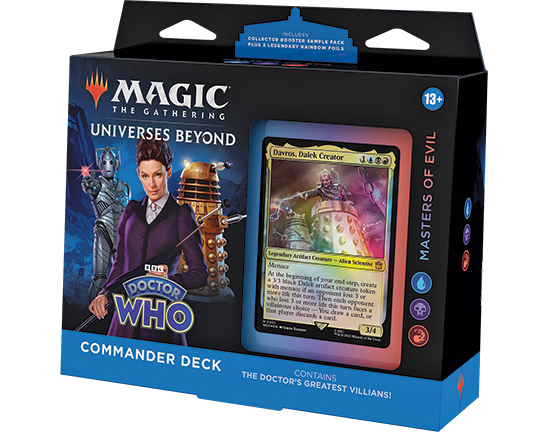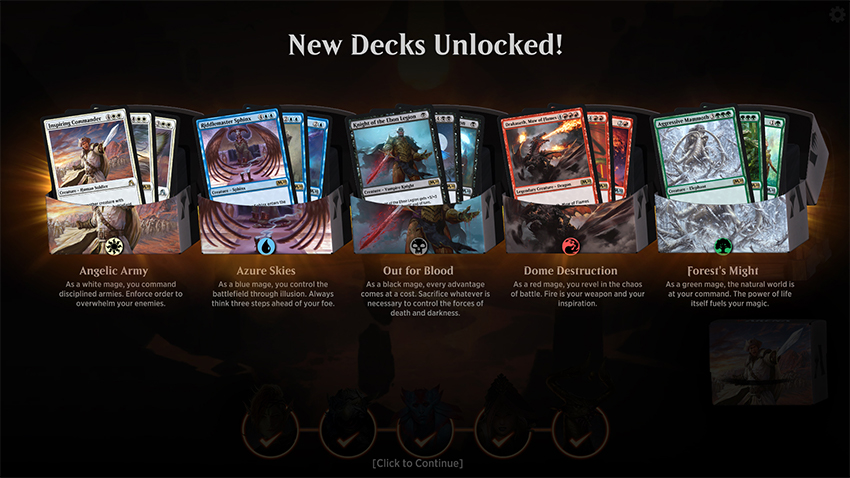Recommended Advice For Selecting Magic The Gathering Cards Search
Recommended Advice For Selecting Magic The Gathering Cards Search
Blog Article
What Are The Different Types Mtg Cards?
The Magic: The Gathering card game revolves around a variety of different cards, all having their own distinct properties and functions.
Creatures- Represent creatures like dragons, elves, beasts, etc.
Ability- They have lots of power (which is a sign of their strength in battle) and may possess special abilities such as flying, trample or even lifelink.
Summoning Illness- Typically creatures can't attack or utilize any ability during the process of summoning, unless "haste" is present.
Spell Cards
Spells- Represent magic effects which can provide a wide range of effects, such as damaging spells, countering them, drawing cards or even boosting creatures.
Spell types- Instants are spells that may be cast at any point, sorceries during the main phase of a player or spells that affect the game.
Artifact Cards-
Artifacts -- Represent magical objects and gadgets. These can be anything from powerful weapons to items that are useful.
Ability. They can be used to give a range of outcomes. This can include granting specific abilities to specific creatures, creating extra mana or altering the game's gameplay in other ways.
Enchantment Cards-
Enchantments are durable magical effects that remain on the battlefield after they have been played.
Effects- They have the ability to alter gameplay in a number of ways. This includes changing game rules, increasing creatures' abilities, and hindering opponent strategies.
Land Cards
Lands- Lands symbolize the magic resources (mana) that are required to cast and summon spells.
Mana Production. These generators generate mana of different colors (white blue, black, or green), which allows players to make spells.
Planeswalker Cards
Planeswalkers - These are powerful characters with special abilities. They are allies that help players.
Loyalty Coins: Players can use loyalty coins to activate capabilities like dealing damage, bringing up cards and summoning creatures, or even altering game states.
Deck Construction
In order to create an effective, balanced deck, players typically mix the different types of cards.
Each type of card comes with its own set of rules as well as abilities and interplays within the game, offering players diverse strategies and tactics to explore when playing Magic: The Gathering. Take a look at the most popular magic finance for blog tips including best mtg cards, sell mtg, mtg cards, magic set, cards shop, wildcard card, magic gathering decks, order magic the gathering cards, mtg sets, type cards and more.
What Do Mtg Magic The Gathering Artifacts Cards Perform? What Are The Pros And Cons?
Magic: The Gathering has artifacts that aren't creatures such as land cards, however they instead are magic items, gadgets and structures. They are often equipped with unique capabilities or special features. Pros and cons of these devices.
Artifacts can be used in a variety of ways. They can be used for a wide range of applications, such as creating mana or boosting creatures. They also can draw cards, manipulate a board, and even be used to create win conditions. Their versatility lets them fit into various decks and strategies.
Persistent Effects - Once on the battlefield, artifacts generally stay until removed, providing permanent benefits or effects that can impact the game for a long time.
Colorless nature- The majority of artifacts don't require specific mana colors to cast or use. They can be utilized in decks with diverse mana colors without worrying about consistency.
Synergies- Artifacts can work with other types of cards like creatures spells, enchantments, or enchantments that can create powerful interactions and combos which can improve a player's game.
Cons-
Artifacts are targeted or eliminated by certain spells or effects. They are also able to eliminate or neutralize them playing cards specifically designed to interact with and specifically target artifacts.
Resource Cost: Some powerful artifacts are expensive mana costs. They are therefore difficult to cast at the beginning of the game. This can make one's strategy more difficult or less secure.
Artifact removal- Some strategies or strategies will focus on removing artifacts. This may make them less effective and could even negate their benefits.
Dependency on Other Cards. Some artifacts can only be effective when other cards are also supporting them.
As with other card types they play an important role to play in deck design and strategy. They provide unique effects that are able to enhance various game strategies and their versatility in integrating into various archetypes of decks makes them invaluable components in a variety of Magic: The Gathering decks. However, their vulnerability to being removed and their potential dependence on other cards should be considered when creating a deck around their potential. Take a look at the most popular sell trading cards for website tips including mtg card value, collection card, sell magic cards, magic cards collection, mtg card collector, mtg top cards, magic the gathering cards search, magic decks, best decks in magic, magic and gathering and more.
What Do Magic: The Gathering Land Card Do? Pros And Pros?
The land cards of Magic: The Gathering are essential to the game. They supply the necessary resource, mana that is required to cast spells and use other cards. Here are their advantages and drawbacks.
Mana Generation- Land cards are the primary source of mana in the game. Mana is produced through tapping on land, which is used to cast spells and summon creatures or activate abilities of other cards.
Stability - Once played, land cards generally remain on the field and continue to supply mana on a regular basis, which ensures a steady resource stream for playing spells.
Different types of lands generate mana in various colors. This allows players to have consistent access to the mana they need for their spells.
Certain cards provide additional capabilities Certain cards have additional capabilities that go beyond just producing mana. They include drawing cards, increasing life, and activating other effects.
Cons-
Limited Function - In contrast to other card types, land cards are used to create Mana. They have no direct impact on the game, other than the mana production.
Vulnerability for Destruction Certain spells or effects may affect specific lands. This may cause players to lose mana sources, or disrupting the ability to cast spells.
Limited Use Per Turn- Players are usually allowed to only play one land card each turn, restricting the quantity of mana they can generate in a single turn.
Opening Hand Balance - Drawing too little or many lands can affect gameplay and a player's abilities to cast spells, or advance their strategies effectively.
The backbone of Magic: The Gathering is the land card. It supplies the mana required to cast and play other spells. Their continuous presence as well as mana generation is essential to execute strategies and deploy powerful cards. However, their limited function beyond mana generation as well as their vulnerability to certain effects must be considered when designing decks and gameplay strategy. View the top magic card game for website recommendations including make mtg cards, sold cards, mtg cards, magic videogame, buy mtg cards, magic the gathering how to, card price, sell magic the gathering cards, top magic cards, magic the gathering gathering and more. 